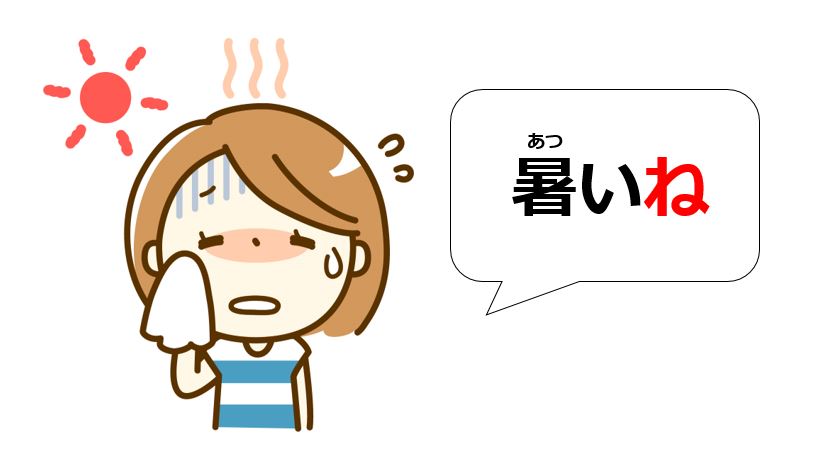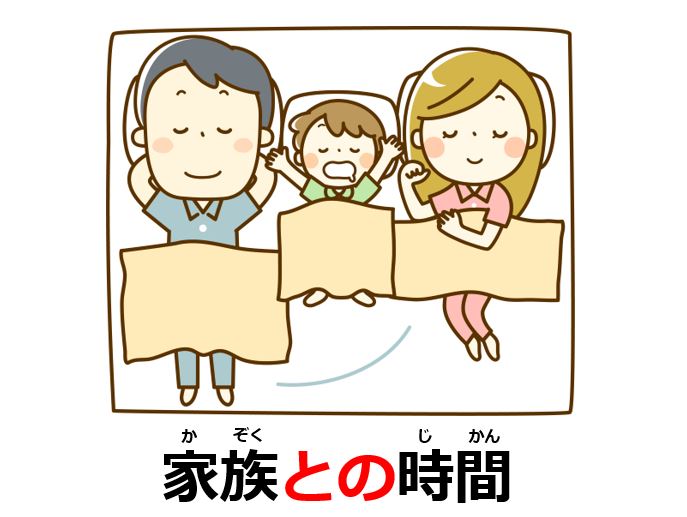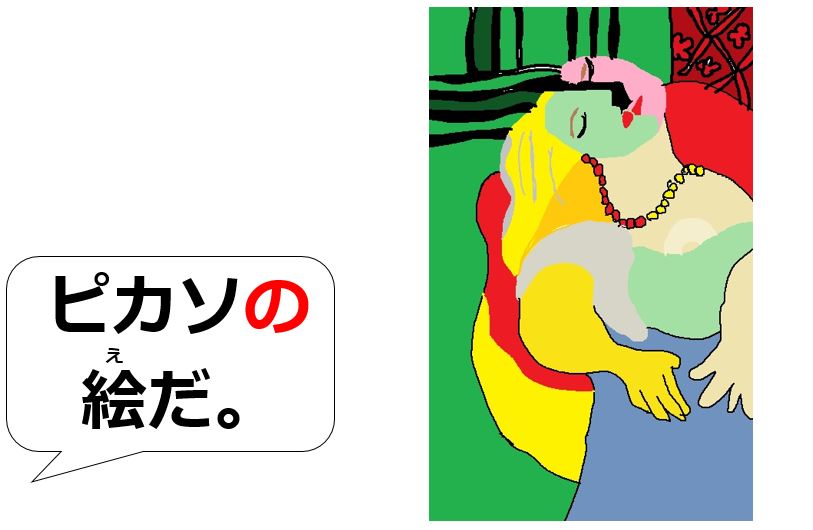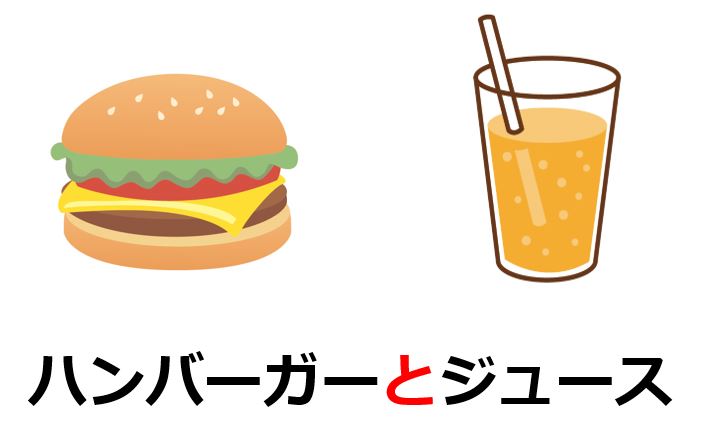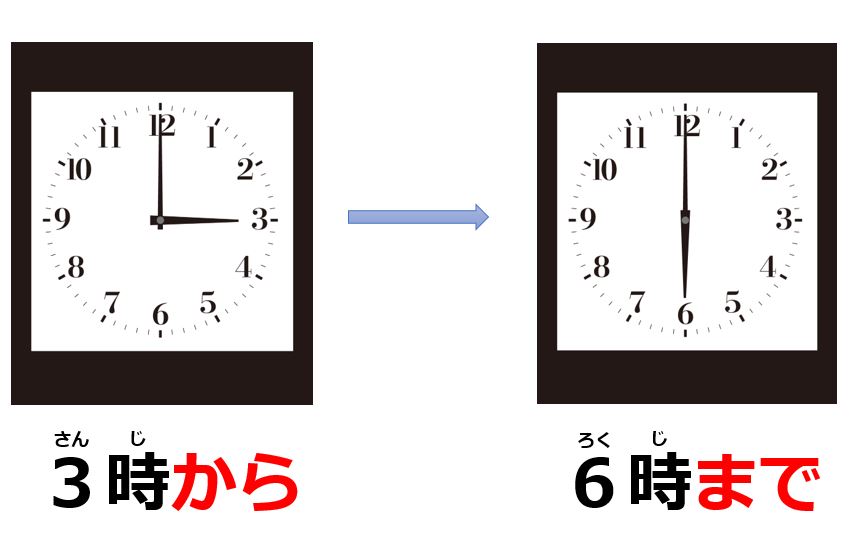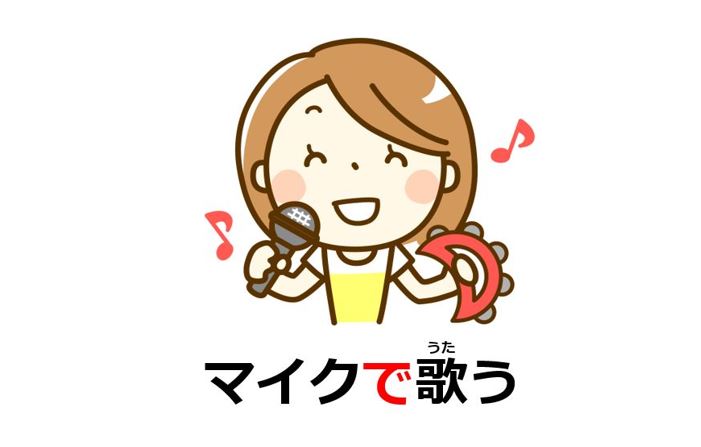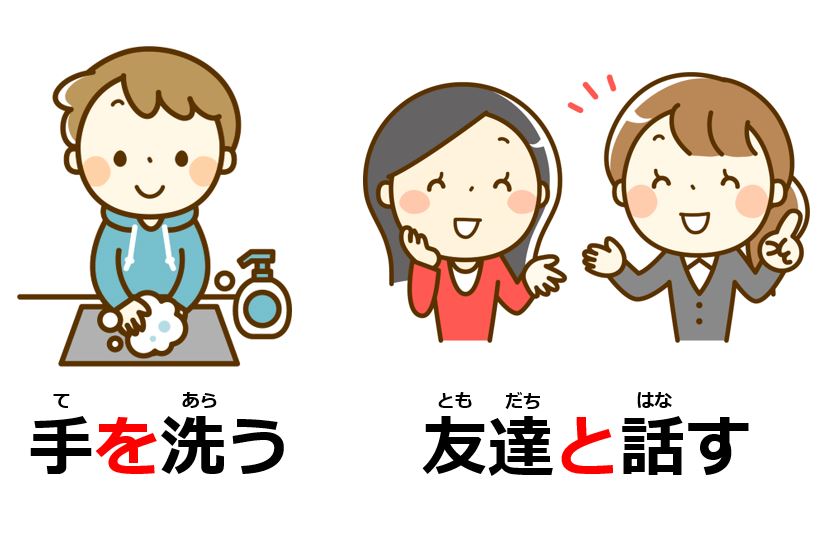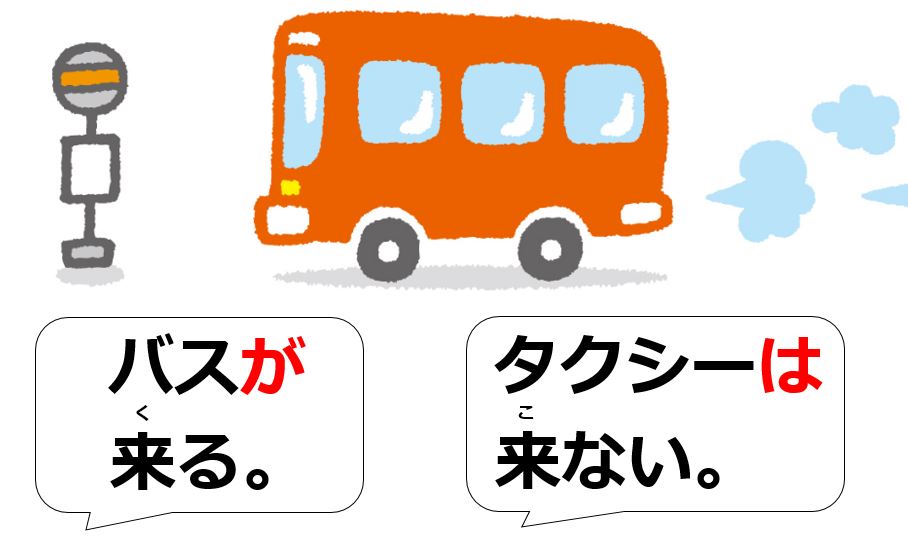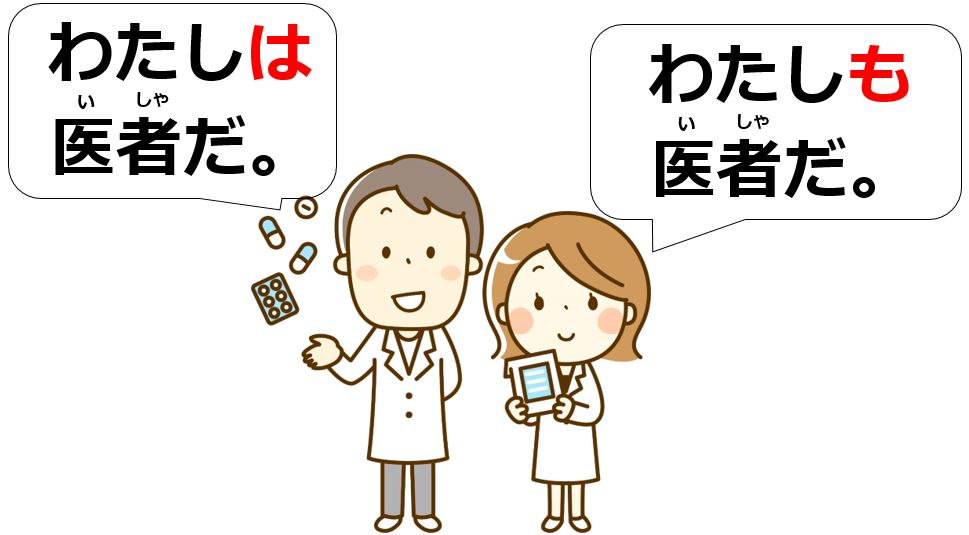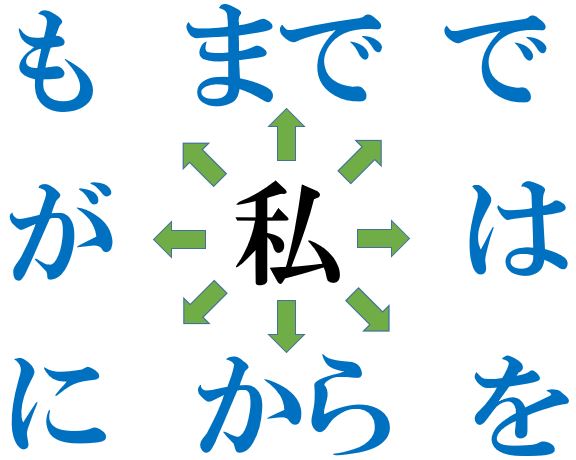Last time, you learned the usage of Japanese intransitive and transitive verbs like “ドアが開あく” and “ドアを開あける.” We hope that you have understood the differences between such verbs in English and Japanese. In this lesson, you will learn one of Japanese’s unique elements: sentence ending particles. Explanation for How Sentence Ending Particles: ね, よ, and よね […]
Japanese Particles
Combined Particles
Last time, you learned what functions the particle の has, which are Possessor, Author (Creator), Explanation, Position, and Apposition. Since each particle has various functions, your expression will be more colorful if you can use them together. In this lesson, you will learn how to use combined particles. Explanation for Combined Particle by Using Focus […]
Particle の: Possessor and Modifier
In the first entry: Japanese Nouns: State-of-Being, we briefly mentioned the particle の with the sentence pattern: Noun の Noun. As you may have notice already, this is a very useful, powerful particle. In this lesson, you will master all of its functions. Explanation for How the Particle の Works Although we have picked up […]
Parallel Markers: と, や, か, and とか
Last time, you learned the functions of the particle から: Starting Point, Source, Raw Material, and State Before Change. So far, you have learned the usages of the particles assuming the number of subjects or objects is just one. In this lesson, you will learn expressions where there are more than one subject or object […]
Particles から and まで
Last time, you learned what function the particle で has and how to use them. The better you understand Japanese particles, the variety in your expressions can increase. Here, you will learn the particles から and まで. Explanation for How the Particles から and まで Work Since まで is often used together with から, you […]
Particle で: Expressing Supplementary Information
Last time, you learned how to use objects with Japanese verbs, like 本ほんを読よみます. Then, if you say, “I will read books at the library,” what should it be like? Here, you will learn how to give more contexts by using the particle で. Explanation for How the Particle で Works Table of Contents Location of Action […]
Objects of Japanese Verbs with Particles: を, に, and と
Last time, you learned how to make subjects of Japanese verbs with the particles が and は: 雨あめが降ふる (new information) and 雪ゆきは降ふらない (contrast). In this lesson, you will learn how to make objects of Japanese verbs by using the particles: を, に, and と. How to Set Objects with the Particle を, に, and と […]
Subjects of Japanese Verbs with the Particles: は and が
Last time, you learned the basic knowledge of Japanese verbs such as what ru-verb and u-verbs are and how to conjugate them. In this lesson, you will learn how to use Japanese verbs in a sentence by using the particles: は and が. Intransitive Verbs: How to Set a Subject with the Particle は and […]
Topic Particle は and Particle も
Last time, you learned how to express state-of-being with Japanese nouns like “学生がくせいだ ([I’m a] student.)” In Japanese, sentences without subjects are very common when contexts clearly tell what or who you are referring to. Then, what should you do when it is not clear what you are talking about? In this article, you will […]
Japanese Particle Table
In Japanese, being able to use particles correctly has a significant importance on determining whether a sentence makes sense or not. We have made a table showing all of the functions. Japanese Particle Particle Function Example Note は Topic Contrast 明日あしたは雨あめだ As for tomorrow, it will rain. 日に本ほんは雨あめじゃない As for Japan, it will not rain. […]

